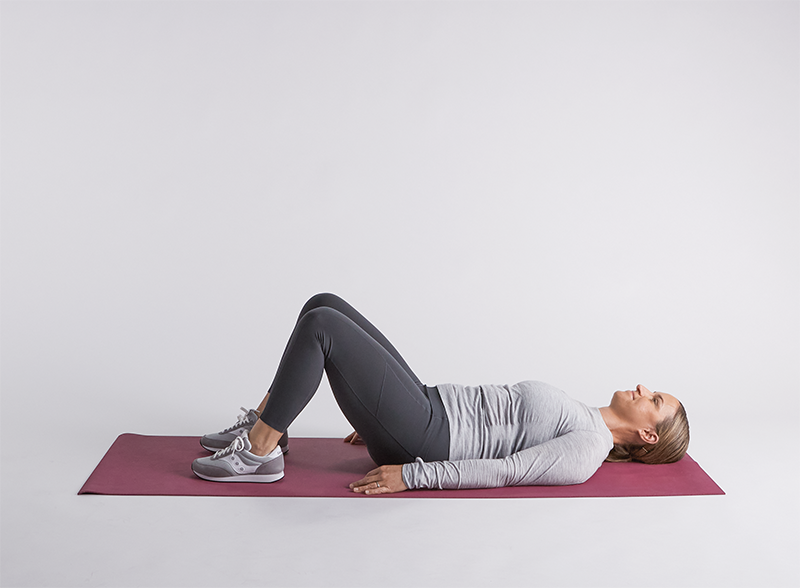Cómo hacer un ejercicio de inclinación pélvica: una guía de Hinge Health
Aprende a hacer un ejercicio de inclinación pélvica para ayudar a mejorar el dolor lumbar, además de modificaciones para hacerlo más fácil o más difícil.
$0 costo para usted
Fecha de Publicación: Apr 28, 2023
El índice
Fully Covered Pelvic Care
Find relief from pelvic pain, leakage, muscle weakness, & more.
Check if I'm eligible